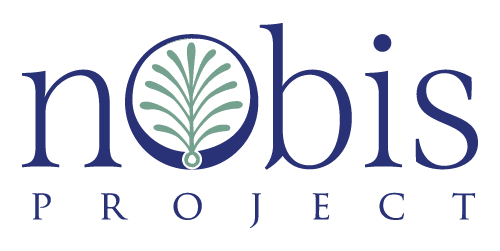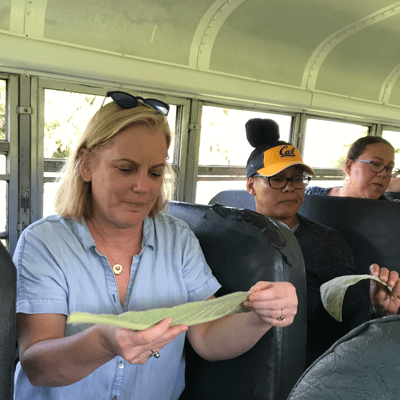Sapelo Island – Red Pea Project
Sapelo Island is a barrier island. This land mass is a member of a chain of islands that extends from South Carolina to Northern Florida. Sapelo is accessible by ferry in Darien, GA. Sapelo plays a significant role in the history of enslaved people and their descendants, the Gullah-Geechee people. In this video, viewers will learn the history of the Gullah-Geechee people, their connection to West Africa and how the residents are saving their community through the Red Pea Project.
Critical Reflection Questions & Activities
Pre Video Questions |
Nobis Big Ideas |
| What are the traditional foods that you eat? That your family eats? | History Relationships Cultural Responsiveness |
| What is significant about traditional foods? How do the foods we eat connect us to our family/ancestors? | History Relationships Cultural Responsiveness |
| What are the stories or narratives that we have around food? (Holidays, Celebrations, Regions, History) | History Relationships Cultural Responsiveness |
| How is food a reflection of who you are? | History Relationships Cultural Responsiveness |
| Try this Food Traditions Activity | History Relationships Global Citizenship Cultural Responsiveness |
| Try this Food Tradition(s) Poem Activity | History Relationships Global Citizenship Cultural Responsiveness |
Post Video Questions |
Nobis Big Ideas |
| What is important about the Red Pea Project? | History Power Relationships |
| What is mysterious about how they lived or what they did? | History |
| How did they do it? | History |
| Why does it matter? What makes it relatable? | History |
|
What do you imagine…?
|
History Relationships Cultural Responsiveness |
| What does this remind you of? | History Global Citizenship |
| How does this narrative shift the story about enslaved people? | History Power |
| How does this story explain black land ownership? | History |
| What new information did you receive about this period of American history? | History |
| Who has power (power over, power with, power within) in this situation? | Power |
| How do individuals or groups with power derive and maintain that power? | Power |
| Who’s opportunities are limited? How? | Power |
| What is the narrative in this video? | Power |
| What are the narratives of your local community? | Power |
| What policies reinforce this situation? Who created those policies? What are the opportunities or barriers to changing them? | History Power Global Citizenship |
| Who controls the financial resources? How were those resources derived? | History |
| What historical events or relationships contribute to this narrative? | History |
| Is there reciprocity within relationships? And what is our shared fate and social responsibility in the relationships/communities in which we are civically engaging? | Relationships |
| What cultural aspects are on display or reinforced in this situation? | Cultural Responsiveness |
| How does this story address innovation? | Power |
| How have communities or people with less control challenged this narrative? | History |
| How can you be empowered or empower others to discover the historical narratives in your community? How can you have honest and courageous conversations with community members? | Power Global Citizenship |
|
How is land relationship connected to identity and what narratives are supported in this module in regards to :
|
History Power |
| Why is it important to know your heritage history? Why is it important to the Gechee people? | History Global Citizenship |
| How do Red Peas connect Sapelo descendants to their African heritage? | History Global Citizenship |
| What’s important about the “get together”? How does it sustain community? | Cultural Responsiveness |
| The interpretation of dreams is an important part of the Gullah/Gechee culture. Why do you think it is important? | Cultural Responsiveness |
Additional Resources

